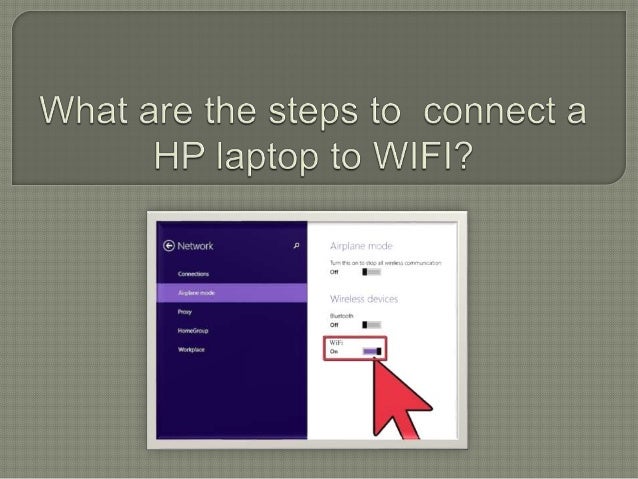

Simply follow the prompts for these actions. Step 3: You may be asked to Trust the device or update your iPhone to the latest iOS version if you haven’t already. IMac 27-inch: Everything we know about Apple’s larger, more powerful iMac This hidden menu has forever changed how I use my MacĪpple’s 32-inch M3 iMac could be facing yet another delay Step 2: In the sidebar, select your iPhone in the Locations section. Step 1: Plug your phone into your computer and open Finder.

If you’re running an older version of MacOS, before Catalina, you’ll use iTunes to perform these actions. If you’re able to make this connection, whether with an adapter or not, you can use Finder on MacOS Catalina or later to work with your data as well as update your iPhone. The bottom line is that unless you have an iPhone cable and a Mac port with matching connectors, you’ll need to grab an adapter (or the appropriate cable) to physically connect it. On the other hand, if your iPhone uses a USB-C to Lightning cable and your computer only has a USB port, like with the MacBook Air M1, 2020, it's recommended that you utilize a Lightning to USB cable to make the connection. But if your Mac only has a USB-C port, for instance, a MacBook Pro 2021, you’ll need an adapter. If your iPhone uses a Lightning to USB cable and your Mac has a USB port, you can simply plug it right in. However, depending on which device models you own, you may need an adapter. You’ll simply use the charging cable for your iPhone to make the connection. To sync content, remove data and settings, or update your iPhone, you can use a cable to connect it to your Mac. FelixMittermeier/Pixabay Connect an iPhone to Mac using a cable


 0 kommentar(er)
0 kommentar(er)
